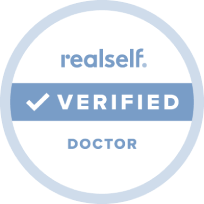If you have a darker skin tone, you have probably read or been told that you are not a good candidate for laser hair removal. But don’t give up! Advanced laser technology now allows us to successfully treat a wider range of individuals who want to get rid of unwanted hair, though the process may take longer for those with darker skin.
It’s true that in the past only men and women with sharply contrasting skin and hair colors – light skin and dark hair – were good candidates for laser hair removal. Without that contrast, lasers couldn’t differentiate between pigment in the hair follicles (the target) and pigment in surrounding skin. That increases risk of poor results and potential skin damage. New lasers use more precise settings that can target the hair without damaging the surrounding skin for darker individuals.
How Dark is Dark?
About 50 years ago, a dermatologist named Thomas Fitzpatrick came up with a scale to identify how different skin types or colors respond to light and photosensitivity. This allows practitioners to assume how one’s skin would respond to a laser treatment. There are six skin types to this scale, starting with pale skin and light hair (blonde or red hair) all the way to dark skin and dark hair.
These are the Fitzpatrick Skin Types:
- Type I- very light/pale/white skin. Blonde or red hair. Always burns, never tans.
- Type II- light/fair skin. Light to brown hair. Usually burns, tans with difficulty.
- Type III- light to medium skin. Brown to dark brown hair. Sometimes burns, gradually can tan to olive.
- Type IV- medium olive skin. Brown to dark brown hair. Rarely burns, tans with ease.
- Type V- brown to dark brown skin. Dark brown to black hair. Tans easily.
- Type VI- dark brown/deep skin. Dark brown to black hair. Never burns, tans to a deeper shade.
Obviously, there is tremendous variation from one end of the scale to the other, especially since so many of us represent multiple ethnic heritages. Exposure to sunlight (ultraviolet rays) also affects skin color. Very pale skin tends to burn quickly when exposed to sunlight, whereas those across the mid-range tend to tan. Skin darkens in this way because sunlight triggers increased production of melanin (pigment) as a means of protection for your skin from the sun. Sidenote: If patients deliberately tan prior to treatment, they would be treated as a darker Fitzpatrick type and may not have as fast or effective of results.
There’s More to Laser Hair Removal than Skin Color
Dr. Fitzpatrick invented his photosensitivity scale to help identify which individuals might be at greatest risk of skin cancer as a result of UV exposure. But the scale is useful when considering cosmetic treatments as well because it can determine how an individual may respond to lasers. Individuals with darker skin and hair may be receiving more overall treatments or more sessions spaced closer together than a lighter skin toned individual. This is why a personal consultation is so important prior to treatment so the provider can determine your skin type and what treatment would be best for you.
There are also other factors which can affect your candidacy for this type of treatment, such as if you’re pregnant or prone to developing keloid scars. We’ll ask relevant health and medical questions during your consultation, along with learning about your unwanted hair concerns and, of course, examining your hair and skin up close.
Everyone's skin is different in ways other than color, too, so we always do a small test to ensure your skin tolerates the procedure well and that we can achieve the kind of results you desire.
You may be a good candidate for laser hair removal after all. And you would never have known if you had just assumed otherwise! So let’s find out during your personal consultation!
- Acne
- Botox/Dermal Fillers
- Browlift
- Chemical Peels
- Chin Augmentation
- Consultation
- Denver Facial Plastic Surgeon
- Deviated Septum
- Eyelid Procedures
- Facelifts/Necklifts
- Headaches/Excessive Sweating
- Healthy Living
- Laser Hair Removal
- Laser Treatments
- Latisse
- MedSpa
- Memberships
- Microdermabrasion
- Nasal Valve Collapse
- Non-Surgical Procedures
- Rhinoplasty
- Skin Care
- Thread Lifts
- Wrinkle Treatments


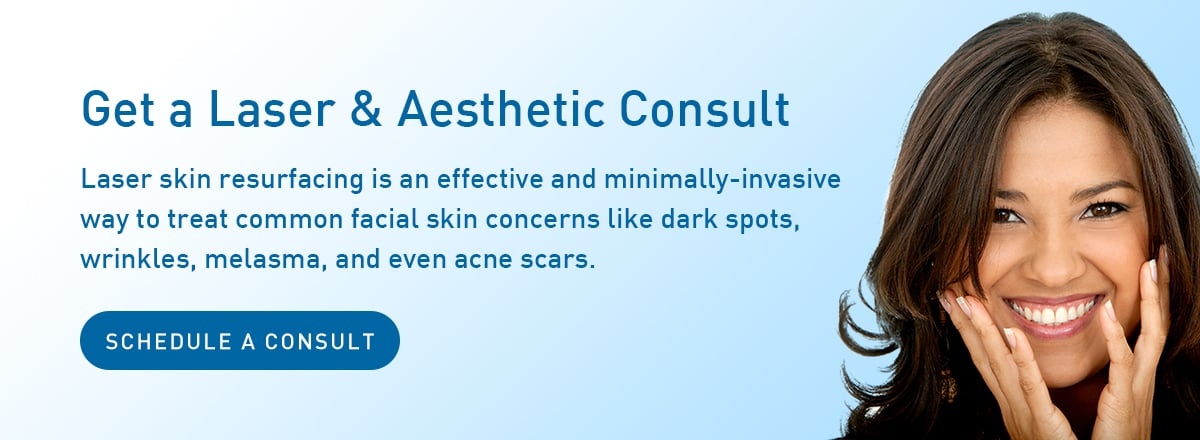
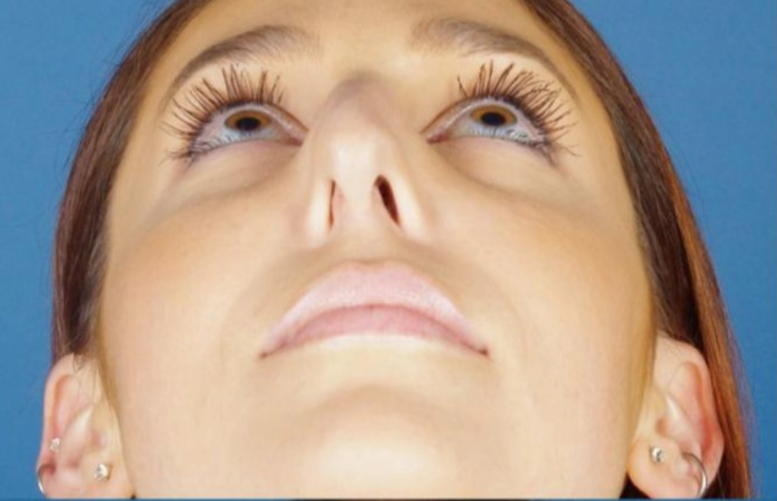
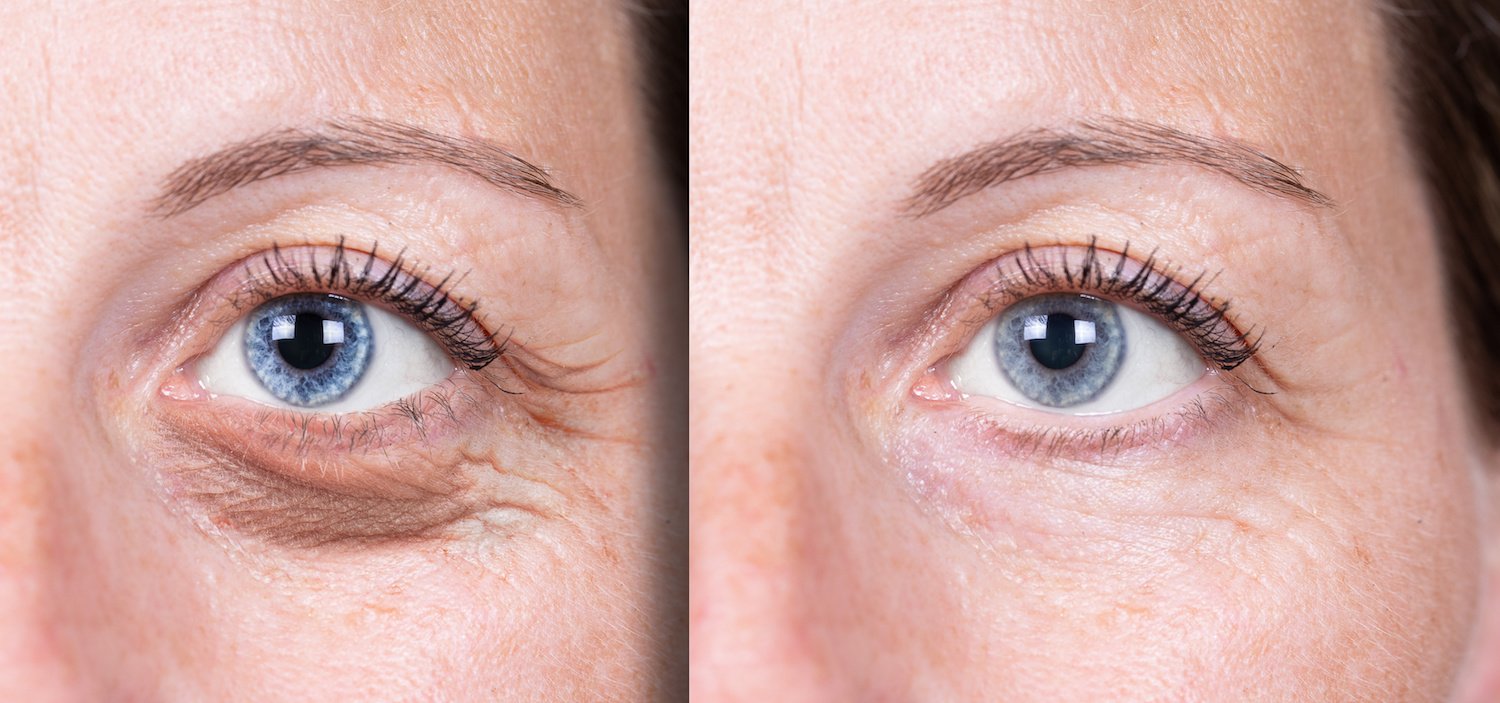
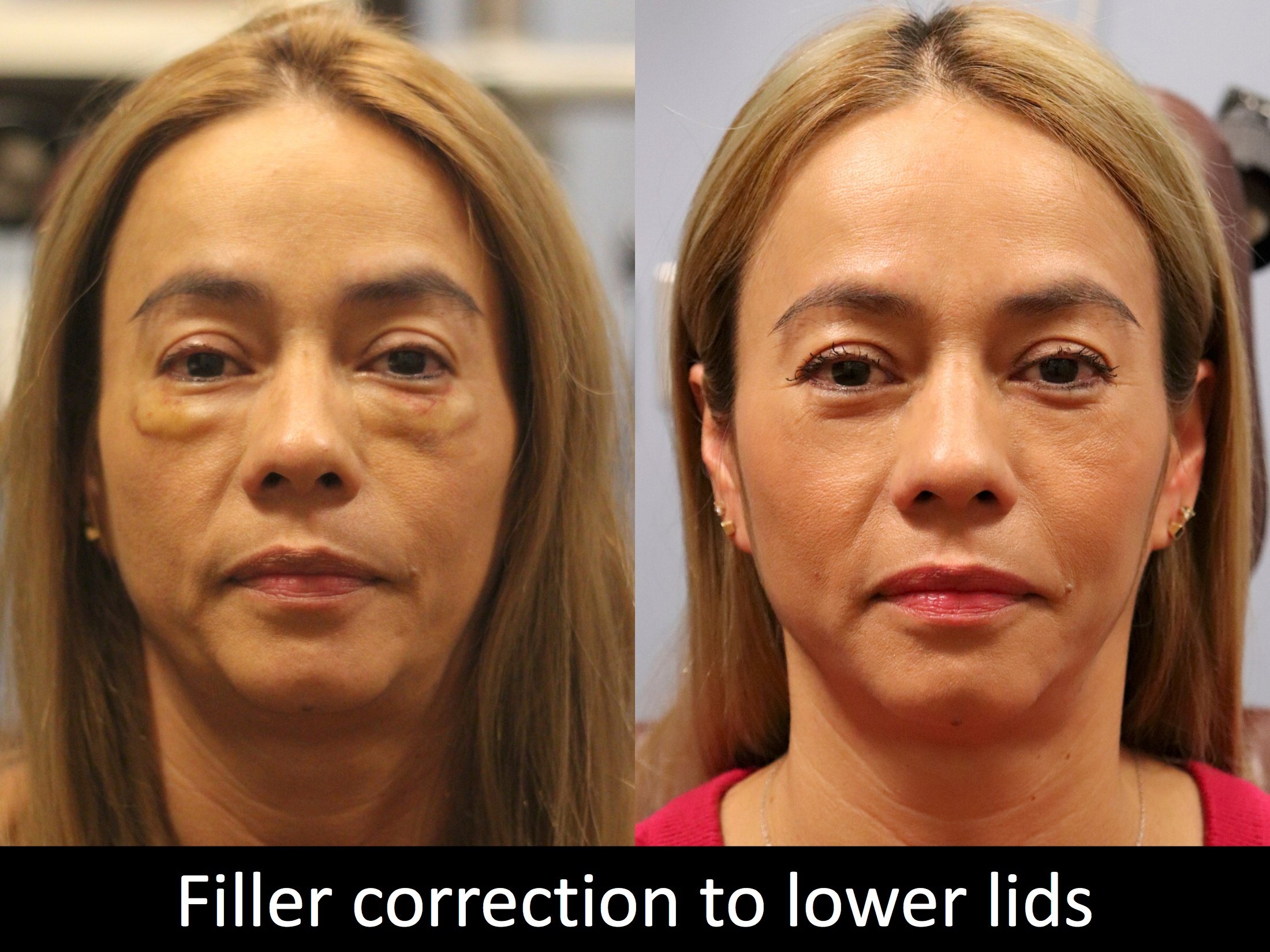
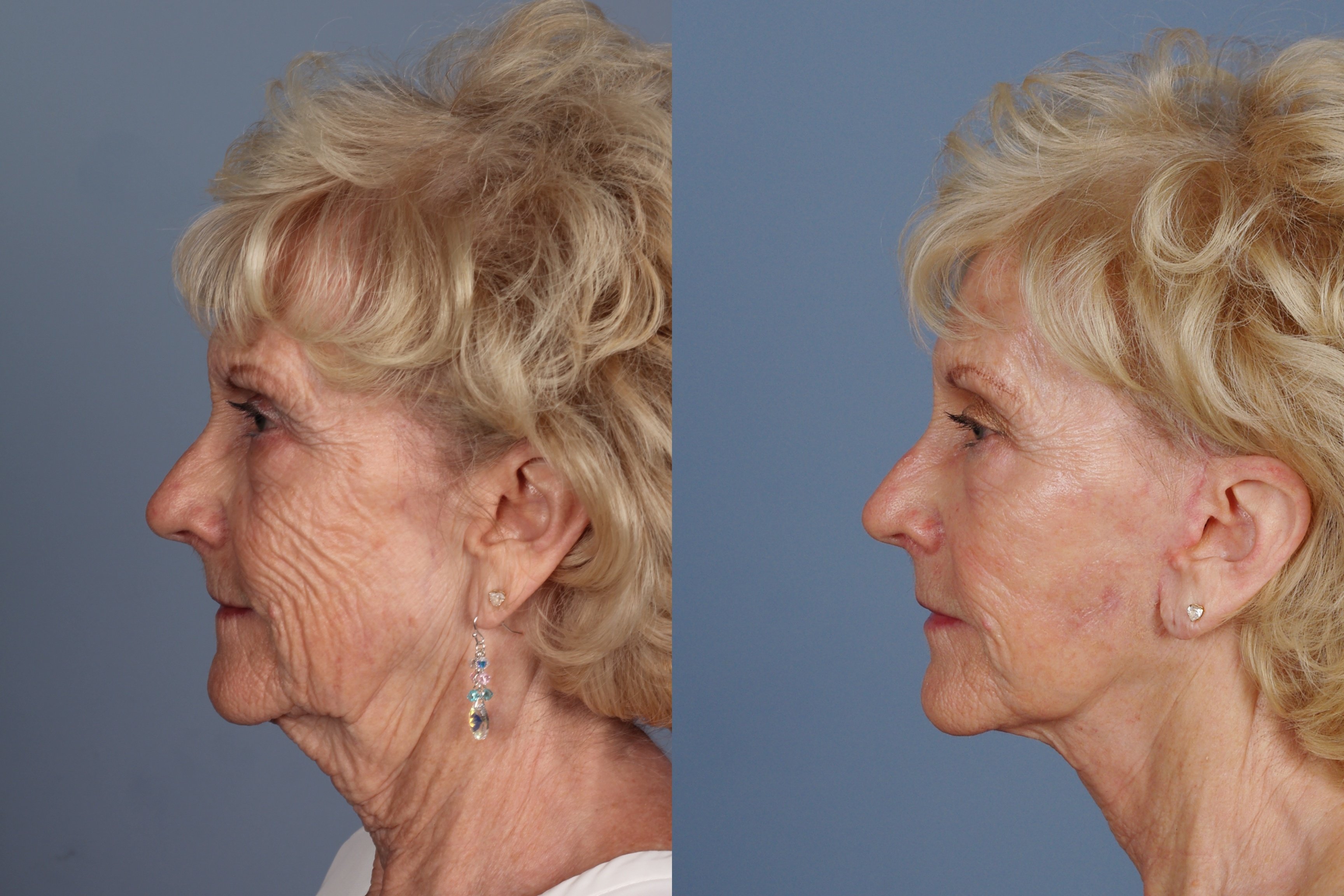
.jpeg)






